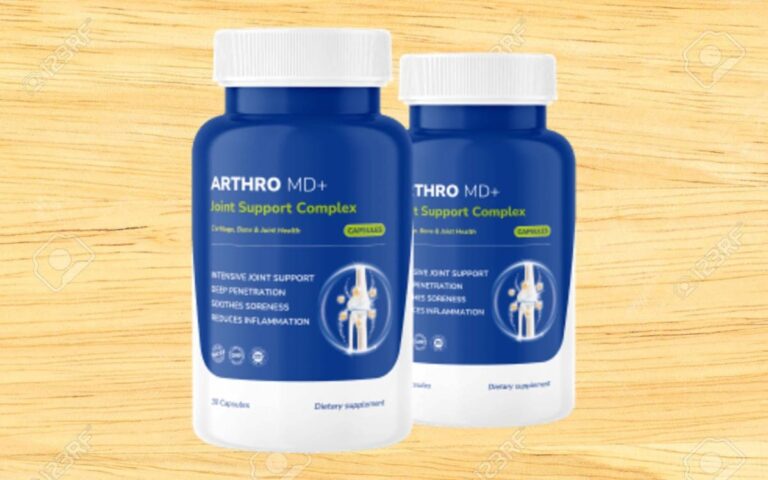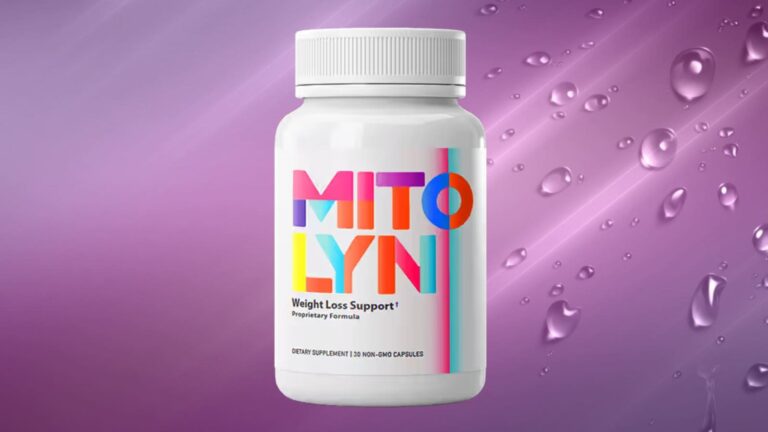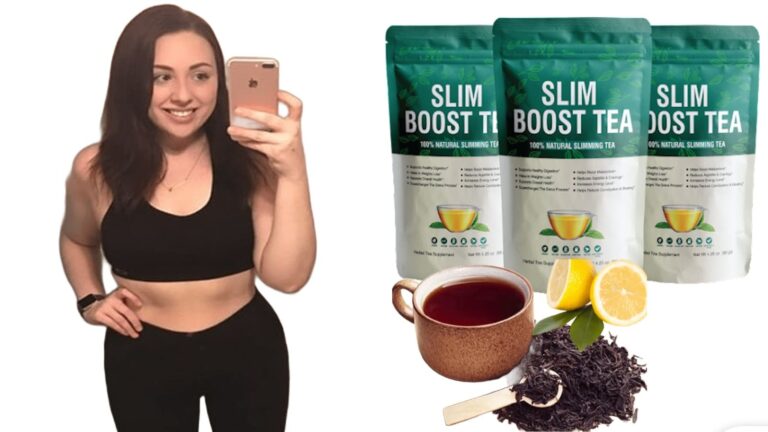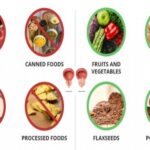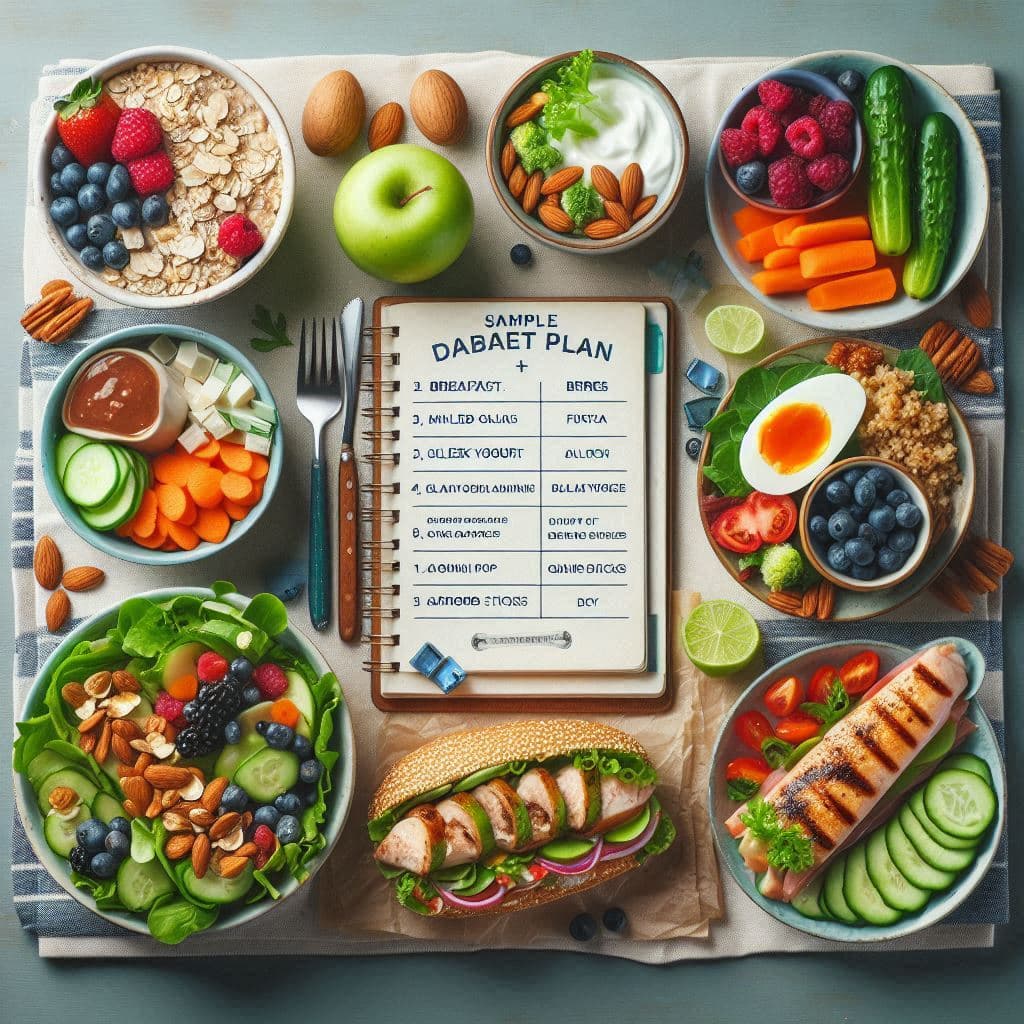
Embracing a healthy-eating plan is the best way to keep your blood sugar level under control and prevent diabetes complications.
This approach also helps with weight loss, which is often crucial for managing diabetes. Three key areas can help someone with diabetes keep their blood glucose levels in the desired range: what to eat, when to eat, and how much to eat.
For people with diabetes, food choices matter a lot. The foods you eat directly affect your blood sugar levels. By picking the right foods and eating the right amounts, you can keep your blood sugar steady.
Also Read: Best Diabetic meal plan for healthy glucos levels and weight loss
This makes it easier to manage your diabetes and feel better overall.
Quick Facts:
Here is a quick reference table summarizing the Diabetic Healthy Food List for healthy blood sugar levels, highlighting what to eat and what to avoid:
| Category | Foods to Eat | Foods to Avoid |
|---|---|---|
| Vegetables | Non-starchy vegetables (spinach, kale, broccoli, cauliflower, bell peppers) | Starchy vegetables (potatoes, corn) |
| Fruits | Fresh, frozen, or canned fruits without added sugars (berries, apples, pears, oranges) | High GI fruits (watermelon, pineapple, ripe bananas) |
| Whole Grains | Whole grains (brown rice, quinoa, oats, whole wheat bread) | Refined grains (white bread, white rice, pastries) |
| Proteins | Lean proteins (chicken, turkey, tofu, beans, lentils) | Processed meats (bacon, sausages, deli meats) |
| Nuts and Seeds | Unsalted nuts and seeds (almonds, walnuts, chia seeds, flaxseeds) | Salted or sweetened nuts |
| Dairy | Low-fat or plant-based dairy (Greek yogurt, almond milk, soy milk) | Full-fat dairy and sweetened dairy products |
| Healthy Fats | Healthy fats (avocado, olive oil, fatty fish like salmon, nuts) | Trans fats and saturated fats (fried foods, margarine, high-fat meats) |
| Legumes | Beans (black beans, kidney beans, chickpeas) | Canned beans with added salt or sugar |
| Snacks | Healthy snacks (carrot sticks with hummus, apple slices with almond butter) | Sugary snacks (cookies, candy, cakes) |
| Beverages | Water, herbal tea, unsweetened coffee | Sweetened beverages (soda, sweetened coffee drinks, fruit juices with added sugar) |
| Fermented Foods | Fermented foods (sauerkraut, kimchi, yogurt) | Pickled foods with high sodium |
| Sweets | Natural sweeteners in moderation (small amounts of dark chocolate, fruit) | Refined sugars and artificial sweeteners (sweets, candies, sugary desserts) |
| Portion Control | Controlled portions of all foods, balanced plate method | Overeating, especially high GI and processed foods |
| Meal Planning | Balanced meals with a mix of protein, healthy fats, and low GI carbs | Skipping meals, irregular eating patterns |
| Herbs and Spices | Natural herbs and spices (cinnamon, turmeric, basil, oregano) | High-sodium seasonings and mixes |
When you eat is also important. Regular meal times help your body use insulin better, whether it’s from your pancreas or from injections. Spacing out your meals and snacks throughout the day keeps your blood sugar from going too high or too low.
How much you eat plays a big role too. Portion control helps you manage your weight and blood sugar. Eating too much, even of healthy foods, can raise your blood sugar and lead to weight gain.
By focusing on these three areas – what, when, and how much to eat – you can create a diabetes-friendly eating plan that works for you. This plan can help you control your blood sugar, manage your weight, and feel your best.
Understanding Diabetes and Its Impact on Diet
Diabetes is a condition where your body has trouble using blood sugar (glucose) for energy. This leads to high blood sugar levels, which can cause health problems over time. There are different types of diabetes, and each type affects how you should eat.
Type 1 diabetes happens when your body doesn’t make insulin. Insulin is a hormone that helps your cells use glucose for energy. People with Type 1 diabetes need to take insulin and carefully match their food intake to their insulin doses.
Type 2 diabetes is more common. In this type, your body doesn’t use insulin well, or doesn’t make enough insulin. Diet plays a big role in managing Type 2 diabetes. Eating the right foods can help control your blood sugar and even improve how your body uses insulin.
Gestational diabetes occurs during pregnancy. It usually goes away after the baby is born, but it requires careful eating during pregnancy to keep both mom and baby healthy.
Prediabetes is when your blood sugar is higher than normal, but not high enough to be diabetes. With the right diet and lifestyle changes, you can often prevent prediabetes from turning into Type 2 diabetes.
For all types of diabetes, what you eat matters. A good diabetic diet helps control blood sugar, manages weight, and lowers the risk of heart disease and other health problems linked to diabetes.
The Role of Carbohydrates in Blood Sugar Control
Carbohydrates have the biggest effect on blood sugar levels. When you eat carbs, they break down into glucose, which raises your blood sugar. But not all carbs are the same.
Simple carbs, like those in white bread and sugary drinks, raise blood sugar quickly. Complex carbs, found in whole grains and vegetables, raise blood sugar more slowly and steadily. This slower rise is better for managing diabetes.
Fiber is a type of carb that doesn’t raise blood sugar. It helps control blood sugar levels and makes you feel full. Foods high in fiber are great choices for a diabetic diet.
What Foods Can Diabetics Eat Freely?
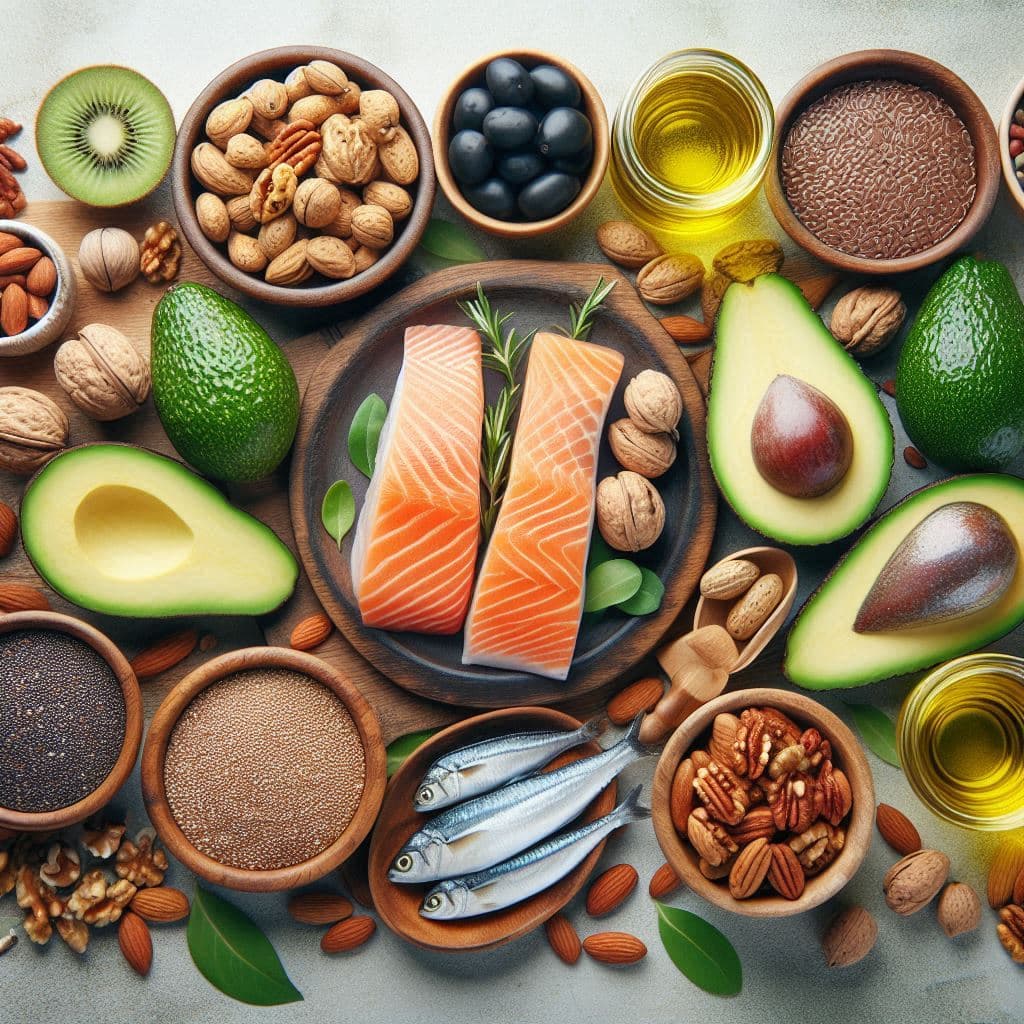
People with diabetes often worry about what they can and can’t eat. The good news is that many healthy, tasty foods are great for a diabetic diet. These foods help control blood sugar and provide important nutrients.
Non-starchy vegetables are at the top of the list. You can eat these freely. They’re low in carbs but high in vitamins, minerals, and fiber. Examples include leafy greens, broccoli, cauliflower, and bell peppers.
Fruits are healthy, but you need to watch portions. Berries, citrus fruits, and apples are good choices. They have fiber and nutrients, but also natural sugars, so eat them in moderation.
Whole grains are better than refined grains. They have more fiber and nutrients. Choose brown rice, whole wheat bread, and oatmeal instead of white rice or white bread.
Lean proteins don’t affect blood sugar much. Fish, chicken, turkey, and lean cuts of beef or pork are good options. Plant-based proteins like beans and lentils are also great. They have fiber and help control blood sugar.
Healthy fats are important too. Avocados, nuts, seeds, and olive oil are good sources. They don’t raise blood sugar and help you feel full.
Best Vegetables for Diabetics
Vegetables are a key part of a healthy diabetic diet. The best choices are non-starchy vegetables. These include:
- Leafy greens (spinach, kale, lettuce)
- Broccoli and cauliflower
- Bell peppers
- Cucumbers
- Tomatoes
- Carrots
- Zucchini
These vegetables are low in carbs but high in nutrients and fiber. You can eat them in large amounts without worrying about your blood sugar.
What Foods Should Diabetics Avoid?
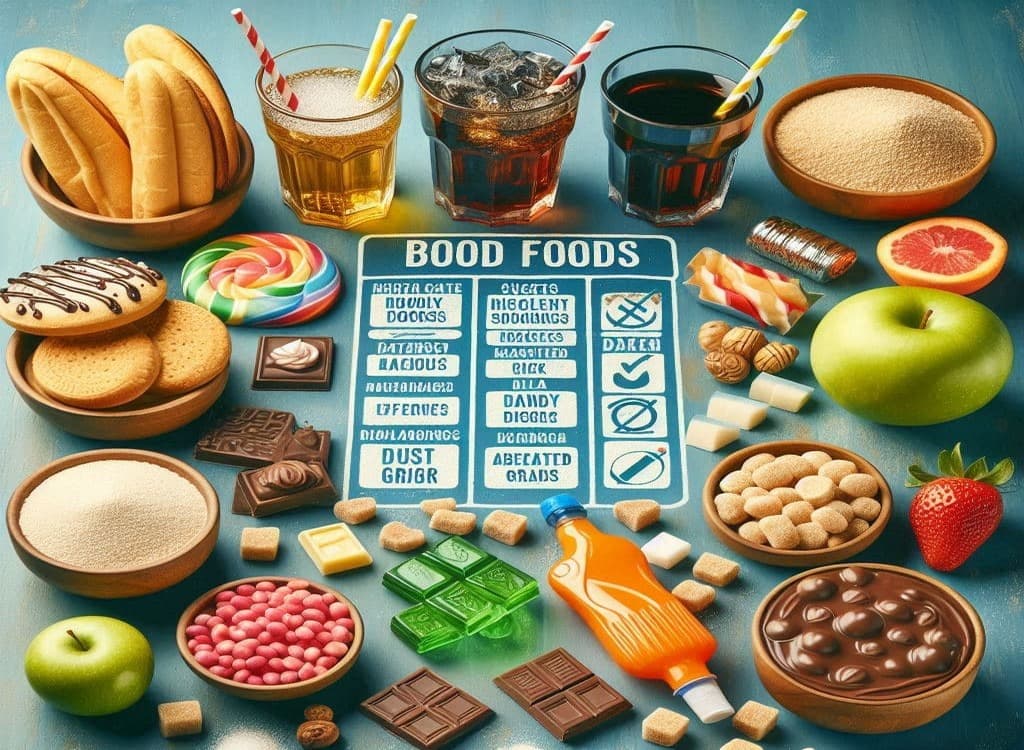
While many foods are great for a diabetic diet, some can cause problems with blood sugar control. Knowing what to avoid is just as important as knowing what to eat.
Sugary foods and drinks are the biggest no-no. They raise blood sugar quickly and don’t provide much nutrition. This includes:
- Regular soda and sweetened drinks
- Candy and chocolates
- Baked goods like cookies and cakes
- Sweetened breakfast cereals
Refined grains are also best avoided. They lack fiber and nutrients, and can spike blood sugar. Examples are:
- White bread
- White rice
- Regular pasta
Processed meats like hot dogs, bacon, and deli meats are high in unhealthy fats and salt. They can increase the risk of heart disease, which is already higher in people with diabetes.
Foods high in unhealthy fats, like fried foods and fatty cuts of meat, should be limited. They can lead to weight gain and heart problems.
Hidden Sources of Sugar
Some foods have more sugar than you might think. Watch out for:
- Flavored yogurts
- Granola and energy bars
- Bottled sauces and dressings
- Canned soups
- Some “low-fat” products (they often add sugar to improve taste)
Always check food labels for added sugars, even in foods that don’t seem sweet.
The Glycemic Index and Diabetes Management
The Glycemic Index (GI) is a tool that can help you manage your blood sugar. It ranks foods based on how quickly they raise blood sugar levels.
Foods with a high GI raise blood sugar fast. Low GI foods cause a slower, more gradual rise. For people with diabetes, choosing more low GI foods can help control blood sugar levels.
Low GI foods (55 or less) include:
- Most vegetables
- Some fruits like berries and apples
- Whole grains like oatmeal and barley
- Legumes like lentils and chickpeas
Medium GI foods (56-69) include:
- Brown rice
- Whole wheat bread
- Sweet corn
High GI foods (70 or more) include:
- White bread
- White rice
- Potatoes
- Many breakfast cereals
While the GI can be helpful, it’s not perfect. It doesn’t account for portion sizes or how foods are combined in meals. Use it as a guide, but also consider other factors like overall nutrition and portion sizes.
Combining Foods to Lower GI
You can lower the overall GI of a meal by combining foods. For example:
- Add protein or healthy fat to a carb-rich food
- Eat a salad before your main meal
- Have a small serving of a high GI food with a larger portion of low GI foods
These strategies can help slow down digestion and the rise in blood sugar after eating.
Meal Planning for Diabetes
Meal planning is a powerful tool for managing diabetes. It helps you control portions, balance nutrients, and keep your blood sugar steady throughout the day.
Start by using the plate method. Fill half your plate with non-starchy vegetables. One quarter should be lean protein, and the last quarter whole grains or starchy vegetables. This balance helps control carbs while ensuring you get enough nutrients.
Plan for regular meals and snacks. Eating at consistent times helps your body use insulin more effectively, whether it’s your own or from medication.
Include a mix of nutrients in each meal. Combine carbs with protein and healthy fats. This slows digestion and helps prevent blood sugar spikes.
Watch your portion sizes. Even healthy foods can raise blood sugar if you eat too much. Use measuring tools or your hand as a guide:
- A fist-sized portion for fruits and starchy vegetables
- A palm-sized portion for lean proteins
- A thumb-sized portion for fats like oils or butter

Also Read: Best Diabetic meal plan for healthy glucos levels and weight loss
Sample Diabetic Meal Plan
Here’s a simple meal plan to give you ideas:
Breakfast:
- Oatmeal with berries and nuts
- Greek yogurt with sliced almonds and a small apple
Lunch:
- Grilled chicken salad with mixed greens, vegetables, and olive oil dressing
- Turkey and avocado wrap with a side of carrot sticks
Dinner:
- Baked fish with roasted vegetables and quinoa
- Lean beef stir-fry with lots of vegetables and brown rice
Snacks:
- Hard-boiled egg and cucumber slices
- Small handful of unsalted nuts
- Celery sticks with peanut butter
Remember, these are just ideas. Your meal plan should fit your tastes and lifestyle while helping manage your blood sugar.
The Importance of Fiber in a Diabetic Diet
Fiber is a crucial part of a healthy diabetic diet. It’s a type of carbohydrate that your body can’t digest. This means it doesn’t raise your blood sugar like other carbs do.
There are two types of fiber: soluble and insoluble. Both are important for different reasons.
Soluble fiber dissolves in water and forms a gel-like substance in your gut. This slows down digestion, which helps control blood sugar levels after meals. It also helps lower cholesterol levels, which is important because diabetes increases your risk of heart disease.
Good sources of soluble fiber include:
- Oats and barley
- Beans and lentils
- Apples and citrus fruits
- Carrots
Insoluble fiber doesn’t dissolve in water. It adds bulk to your stool and helps food move through your digestive system. This can help prevent constipation, which is common in people with diabetes.
Good sources of insoluble fiber include:
- Whole wheat products
- Nuts and seeds
- Vegetables like cauliflower and green beans
- The skins of fruits and vegetables
Aim for at least 25-30 grams of fiber per day. Increase your intake gradually to avoid digestive discomfort, and drink plenty of water.
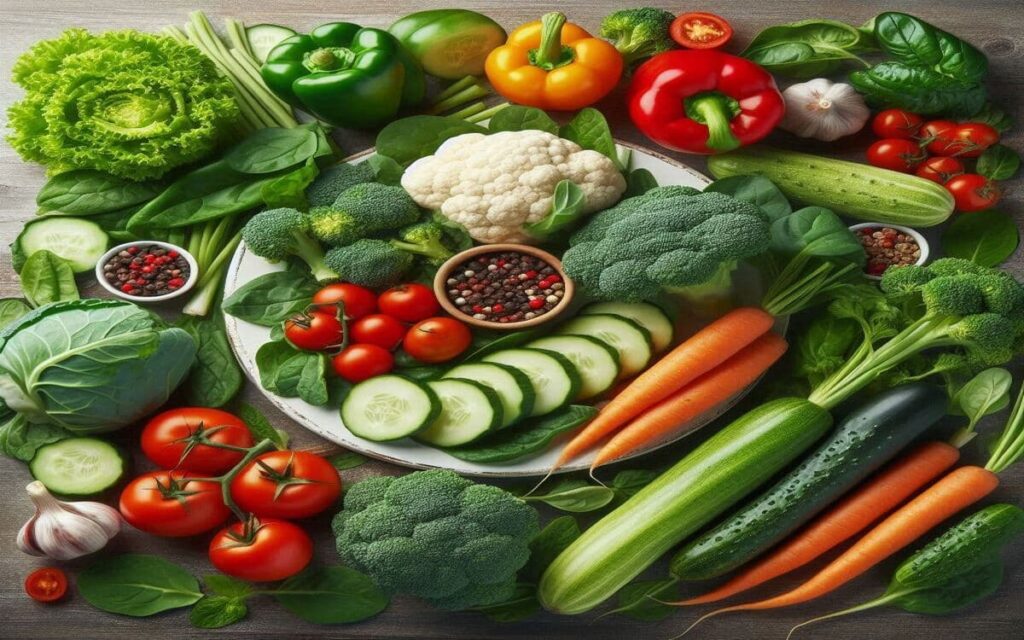
How Fiber Helps Control Blood Sugar
Fiber helps control blood sugar in several ways:
- It slows down digestion, which means glucose enters your bloodstream more slowly.
- It helps you feel full, which can prevent overeating.
- It feeds the good bacteria in your gut, which may improve insulin sensitivity.
By including high-fiber foods in your meals, you can help keep your blood sugar levels more stable throughout the day.
The Role of Protein in a Diabetic Diet
Protein is an important part of any diet, but it’s especially crucial for people with diabetes. Unlike carbohydrates, protein doesn’t directly raise blood sugar levels. This makes it a great option for helping to keep blood sugar stable.
Protein has several benefits for people with diabetes:
- It helps you feel full, which can prevent overeating and help with weight management.
- It slows down the absorption of carbohydrates, which can help prevent blood sugar spikes after meals.
- It helps maintain muscle mass, which is important for overall health and metabolism.
Good sources of protein for a diabetic diet include:
- Lean meats like chicken, turkey, and fish
- Eggs
- Low-fat dairy products
- Legumes like beans and lentils
- Nuts and seeds
- Tofu and other soy products
When choosing protein sources, opt for those that are low in saturated fat. Too much saturated fat can increase your risk of heart disease, which is already higher in people with diabetes.
How Much Protein Do You Need?
The amount of protein you need depends on your body weight and activity level. A general guideline is to aim for about 0.8 to 1 gram of protein per kilogram of body weight per day. For example, a person weighing 70 kg (154 pounds) would need about 56 to 70 grams of protein daily.
It’s best to spread your protein intake throughout the day. Include a source of protein with each meal and snack. This helps keep you feeling full and can help stabilize blood sugar levels.
Also Read: Best Diabetic meal plan for healthy glucos levels and weight loss
The Importance of Healthy Fats in a Diabetic Diet
Fats have gotten a bad rap, but healthy fats are an essential part of a balanced diabetic diet. They don’t directly affect blood sugar levels, and they can help you feel full and satisfied after meals.
There are different types of fats, and some are better for you than others:
- Monounsaturated fats: These are heart-healthy fats found in foods like olive oil, avocados, and nuts.
- Polyunsaturated fats: These include omega-3 and omega-6 fatty acids, found in fatty fish, walnuts, and flaxseeds.
- Saturated fats: These are found in animal products and some tropical oils. They should be limited in a diabetic diet.
- Trans fats: These are artificially created fats found in some processed foods. They’re harmful to heart health and should be avoided.
Healthy fats can help improve your cholesterol levels and reduce your risk of heart disease, which is important for people with diabetes who already have an increased risk.
Best Sources of Healthy Fats for Diabetics
Here are some good sources of healthy fats to include in your diet:
- Avocados
- Nuts (almonds, walnuts, pecans)
- Seeds (chia, flax, pumpkin)
- Olive oil and olives
- Fatty fish like salmon, mackerel, and sardines
- Nut butters (without added sugars)
Remember, even healthy fats are high in calories, so portion control is important. A little goes a long way in adding flavor and satisfaction to your meals.
The Role of Supplements in Diabetes Management
While a healthy diet should be your main focus, some supplements may help with diabetes management. However, it’s crucial to talk to your doctor before starting any supplements, as they can interact with medications or affect your blood sugar levels.
Here are some supplements that have shown promise for diabetes management:
- Chromium: This mineral may help improve insulin sensitivity.
- Vitamin D: Many people with diabetes are deficient in vitamin D, which may affect blood sugar control.
- Magnesium: This mineral plays a role in glucose metabolism.
- Alpha-lipoic acid: This antioxidant may help improve insulin sensitivity and reduce diabetes-related nerve pain.
- Cinnamon: Some studies suggest it may help lower blood sugar levels.
Remember, supplements are not a replacement for a healthy diet or prescribed medications. They should be used as part of a comprehensive diabetes management plan under medical supervision.
Cautions About Supplements
While supplements can be helpful, they also come with risks:
- They can interact with other medications you’re taking.
- Some may affect your blood sugar levels, making it harder to manage your diabetes.
- The quality and purity of supplements can vary widely.
- Some supplements can cause side effects.
Always inform your healthcare team about any supplements you’re taking or considering. They can help you decide if they’re safe and appropriate for you.
In conclusion, managing diabetes through diet is about more than just avoiding sugar. It’s about creating a balanced eating plan that includes a variety of nutrient-rich foods, controlling portions, and understanding how different foods affect your blood sugar.
By following these guidelines and working closely with your healthcare team, you can effectively manage your diabetes and improve your overall health.
Remember, everyone’s needs are different, so what works for one person may not work for another. It may take some time to find the right balance for you, but with patience and persistence, you can develop an eating plan that helps you manage your diabetes while still enjoying your food.
Lastly, while focusing on a healthy diet is crucial, it’s also important to be prepared for emergencies. Consider keeping a supply of non-perishable, diabetes-friendly foods on hand.
Products like Famine Fight non-perishable food can be a great option for emergency preparedness, ensuring you have access to appropriate nutrition even in unexpected situations.


![Struggling With Sleepless Nights? This Patch Works in 30 Minutes—Guaranteed 14 I Cant Sleep What Do I Do? ] Wacth This Video] Sleep Secret](https://healthfactsjournal.com/wp-content/uploads/2025/04/i-cant-sleep-what-do-i-do-768x480.jpg)

